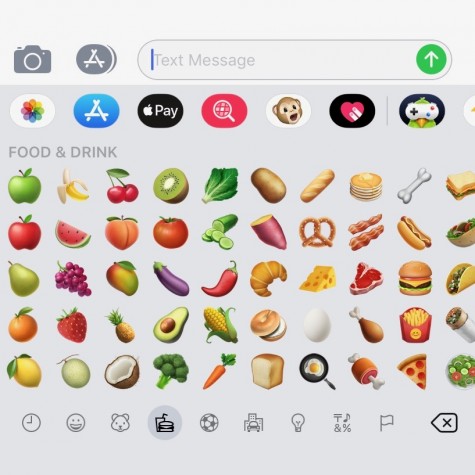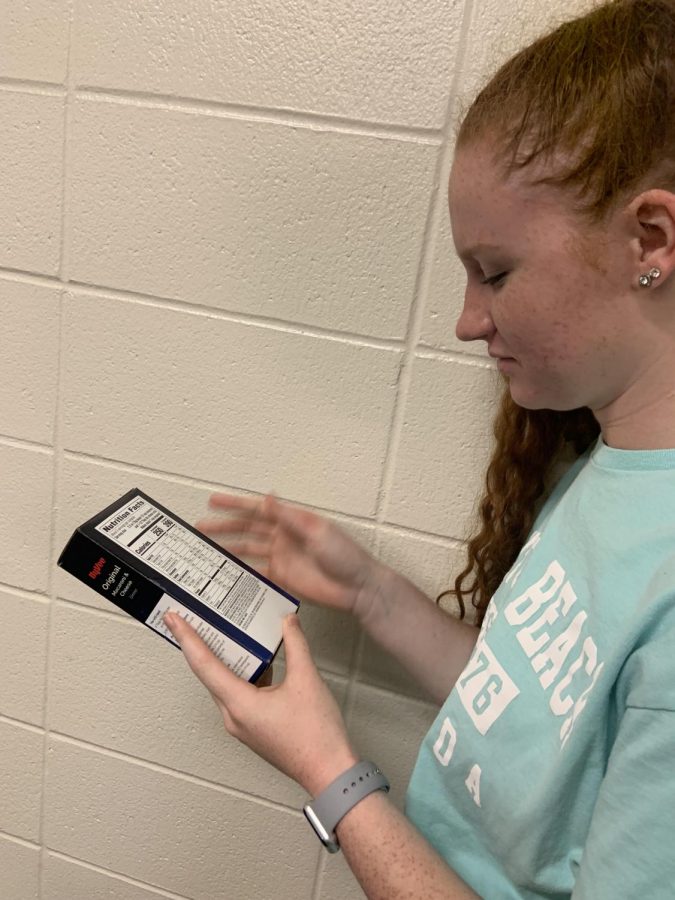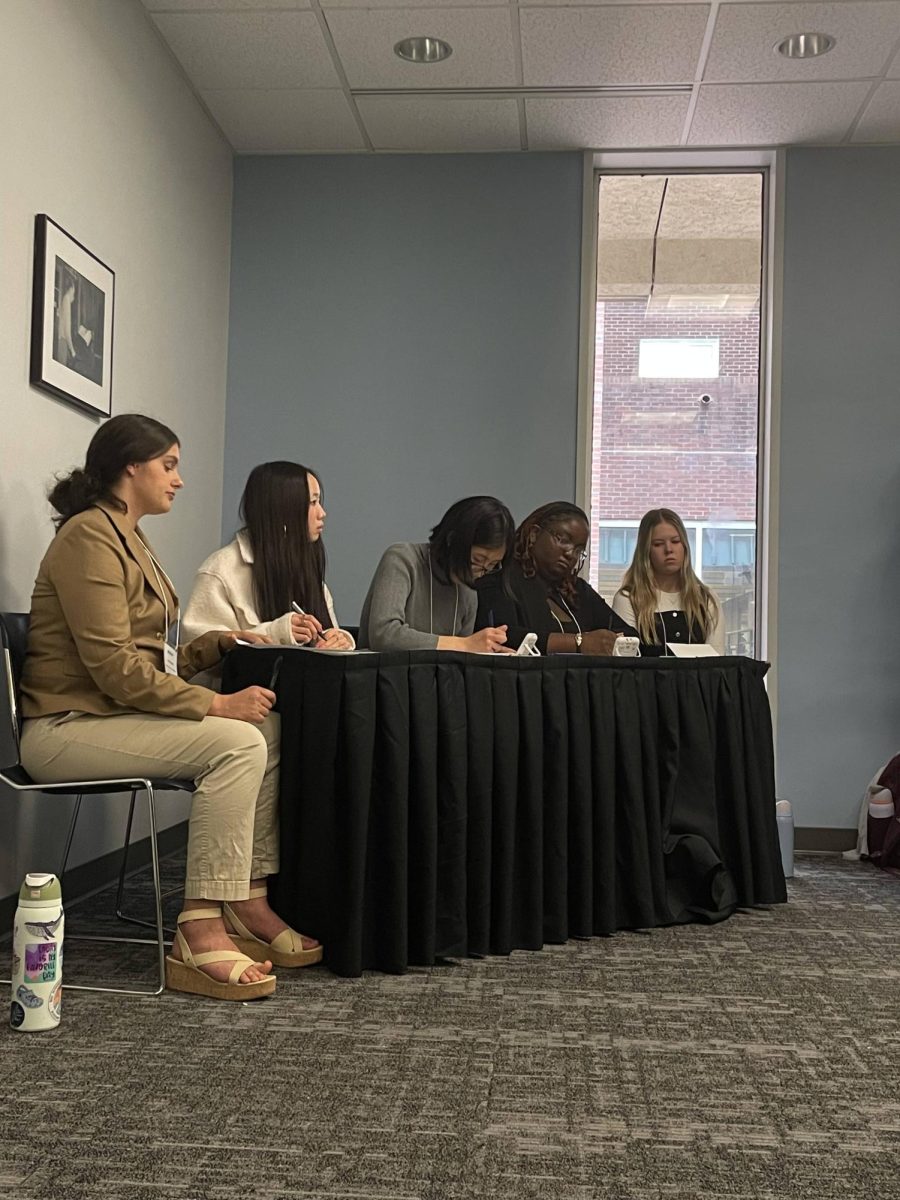While some have been known to call emojis a silly or worthless form of communication for the younger generations, the colorful little icons are now being used by society for a greater, possibly life-saving, use.
Hiroyuki Komatsu, a Google engineer, submitted a proposal to add multiple new icons to the emoji collection that could help those with food allergies be aware of what they are eating anywhere they go.
“Emojis should cover characters representing major food allergens,” Komatsu said in his proposal. “Emojis enable people to understand what [ingredients] are used in foods even in foreign countries and safely select meals.”
Unfamiliar cultural norms increase the odds that a person with an allergy will accidentally ingest something harmful. Komatsu proposed that common food allergens such as peanuts, eggs and milk be added to the already wide range of emojis in order to help travelers.
The engineer argued that someone visiting a foreign country may not know that country’s word for “gluten” or “peanut,” but could easily identify such foods which could cause them danger if ingested by looking for an easily recognizable emoji.
Several food-related emojis were recently added to the ever-expanding collection including a cupcake, bagel, mango and taco. This was part of an update from a corporation that manages and develops how the emojis are represented. Komatsu’s suggestions were not part of that update, since his proposal is in the early stages of the long process of developing an emoji. The addition of such foods, however, makes many with food allergens hopeful that Komatsu’s recommendations are only a matter of time.
 Senior Margaret Huang is just one of the hopeful. Unable to consume gluten, she finds Komatsu’s proposal incredibly beneficial. “Using emojis to signify gluten-free foods would simplify shopping since it would eliminate having to go to specially marked gluten-free aisles or searching the long list of ingredients,” she said.
Senior Margaret Huang is just one of the hopeful. Unable to consume gluten, she finds Komatsu’s proposal incredibly beneficial. “Using emojis to signify gluten-free foods would simplify shopping since it would eliminate having to go to specially marked gluten-free aisles or searching the long list of ingredients,” she said.
Like Komatsu, Huang believes new allergy-related emojis would be easily identified on label and would allow for easier browsing and shopping.
“I would be able to know almost immediately whether or not I can eat something,” Huang said. She believes such simple additions to a label would create big changes in the lives of so many people.
Researchers estimate that around 32 million Americans live with food allergies today. With over five of those 32 million being children, there are surely an equal number of parents eagerly awaiting an easy fix to a problem which inconveniences so many.









